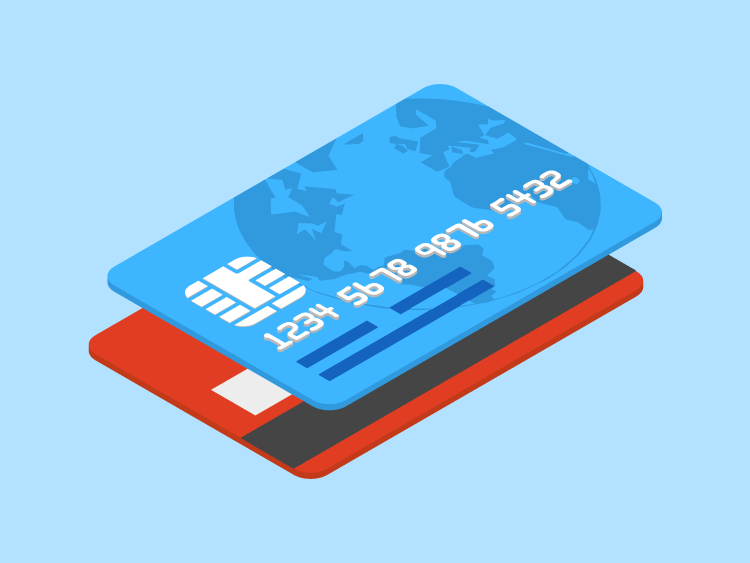
Credit card debt in the U.S. was nearly $890 billion for the first quarter of 2020 — that’s a staggering number. Not to mention that the average credit card holder carries an outstanding balance of more than $6,000 month-to-month. Balance transfer cards come in handy when paying off high-interest balances, saving you a fortune in interest. But there are drawbacks.
What are balance transfer cards?
A balance transfer credit card is much like any other credit card. It typically comes with a lower interest rate or 0% introductory rate and can save you hundreds of dollars in interest over months. That makes it a practical money-saving option to pay off high-interest debt at a lower interest rate.
Balance transfer credit cards allow you to consolidate your debts by moving account balances to the card. But it can cost you more in the long run if you don’t pay off your balance as quickly as possible, if you make late payments, or miss a payment.
Key points
- A balance transfer of credit card is a credit card that offers a promotional 0% APR.
- It is a practical way to chip away at balances on high-interest credit cards.
- Some balance transfer cards charge high fees.
- There are limits on the amount you can transfer.
Is there a limit on balance transfer cards?
You’re given a credit limit when you apply for a new balance transfer credit card. This credit limit, which varies from one lender to the next, directly impacts just how much you can transfer.
But other factors also affect just how much you can transfer, like balance transfer fees and any new purchases charged to your card. For example, if you have a $12,000 credit limit and charge $4,000 in new purchases, you’ll only be able to transfer $8,000.
While some cards let you transfer 100% of your credit limit, other cards may cap it at 70%. That means that you may not be able to transfer all of your debt even if it’s equal to, or more than, your approved credit limit.
It’s important to know the credit limit on your new card before you make a balance transfer. You’ll want to keep your credit utilization ratio at about 30% for all of your lines of credit and only move a balance that is smaller than the credit line on your new card.
Is a balance transfer right for you?
Generally, credit cards carry very high interest rates. In fact, average APRs on credit cards in 2020 is between 15.49% to 22.61%, according to US News. That makes transferring your higher-interest balances to an intro 0% balance transfer card very tempting.
A 0% balance transfer card may help you get out of debt faster, but they aren’t for everyone.
- If you have less than good credit, you may not qualify for the 0% APR. That may take a credit score of 670 or higher.
- If you’re carrying low balances on your credit cards, less than $1,000, you may not benefit from a balance transfer card. That’s because your credit score will take a preliminary hit when you open a new card. Less than $1,000 in total balances? You’re better off just paying it off.
- Balance transfers can take time, so you might need to continue making minimum payments to avoid incurring late charges.
- Balance transfer cards can come with high fees. For example, if an issuer charges a 3% transfer fee and you transfer $8,000, you’ll pay $240 in transfer fees. That makes your new balance $8,240.
- You have to be committed to getting out of debt. Transferring your high-interest balances to a new card, and then using your credit cards to make additional purchases is counter-productive. If you’re not ready to wipe out your existing credit card debt, a balance transfer card can be a bad idea.
Should you take out a personal loan for debt consolidation?
Using a personal loan to consolidate your debts into one monthly payment is an excellent way to reduce the total amount of interest you’ll pay over time. A personal loan can also be one of the best ways to pay off credit card debt.
Personal loans often come with a lower annual percentage rate than many credit cards. You have a predetermined pay-off date and fixed payments, and you may qualify for a loan large enough to pay off all of your debt. Besides, you’ll only have one bill to pay rather than making multiple payments on many accounts.
However, if your credit is less than stellar, you may only qualify for a high interest rate. Personal loans also often have fees attached to them, and if you plan to pay off your debt quickly, a personal loan may not be your best option.











